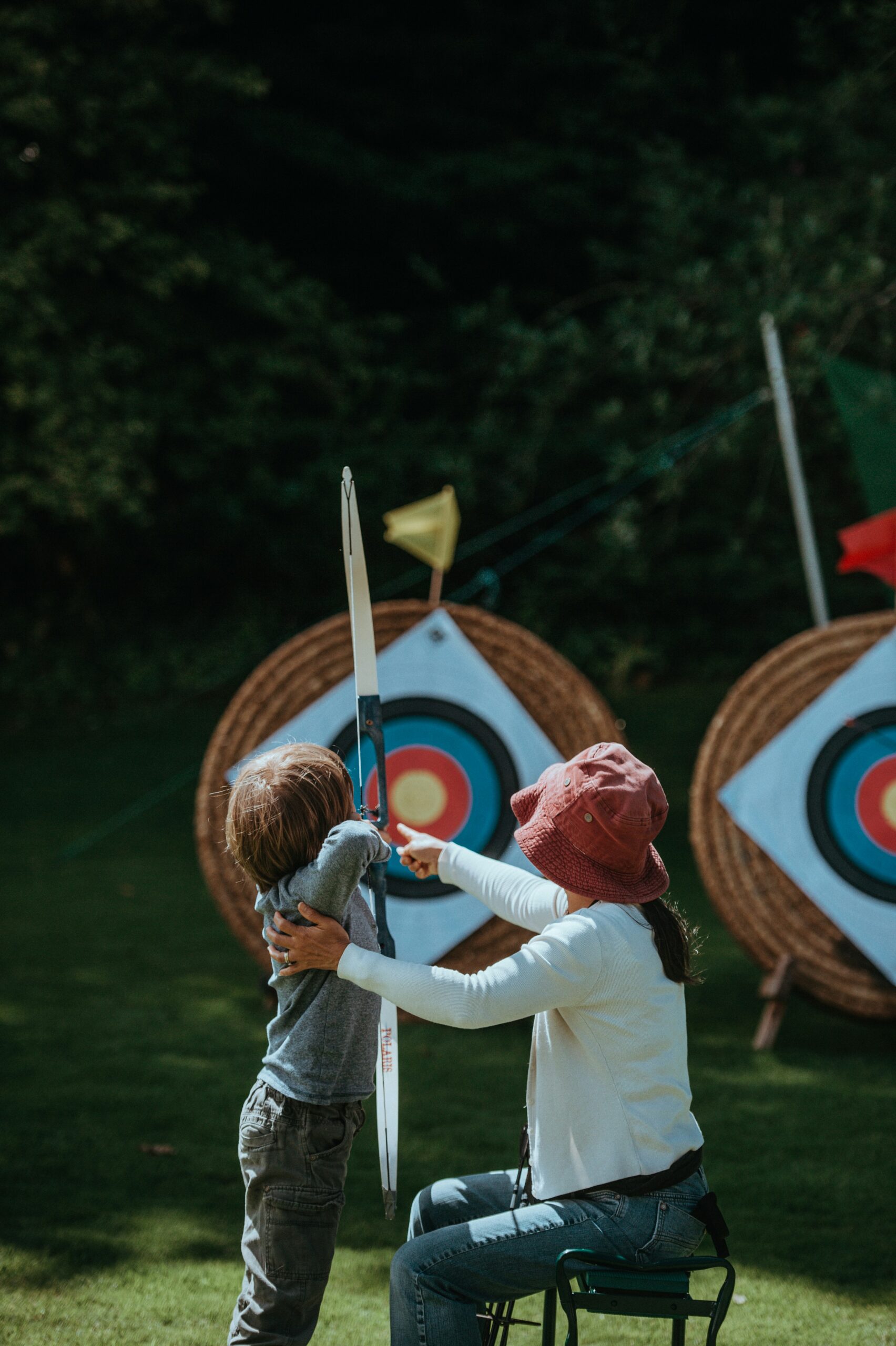Arrow Tag is more than just foam arrows and fast reflexes—it’s an ever-evolving sport full of potential for creativity and customization. Whether you’re hosting a corporate showdown, birthday bash, or competitive league night, tailoring the rules adds a layer of fun and strategy that keeps players coming back. From scoring tweaks to new zones and gear upgrades, custom rules can totally transform gameplay.
But it’s not just about making things harder or faster—it’s about designing an experience that fits your group’s style, goals, and energy level. With the right customizations, Arrow Tag becomes a personalized adventure packed with surprises, challenges, and tons of laughs. Get ready to explore the most engaging ways to shake up your next match. The tips ahead will help you unlock new levels of action, safety, and unforgettable moments.
Key Takeaways
- Flexible scoring makes Arrow Tag fun for all skill levels.
- Bonus rounds and zones add suspense and boost replay value.
- Updated safety gear keeps custom matches thrilling and secure.
- Trial sessions and feedback ensure the rules match your audience.
- Personalizing equipment increases immersion and balance.
Tailoring Arrow Tag Rules for Ultimate Fun
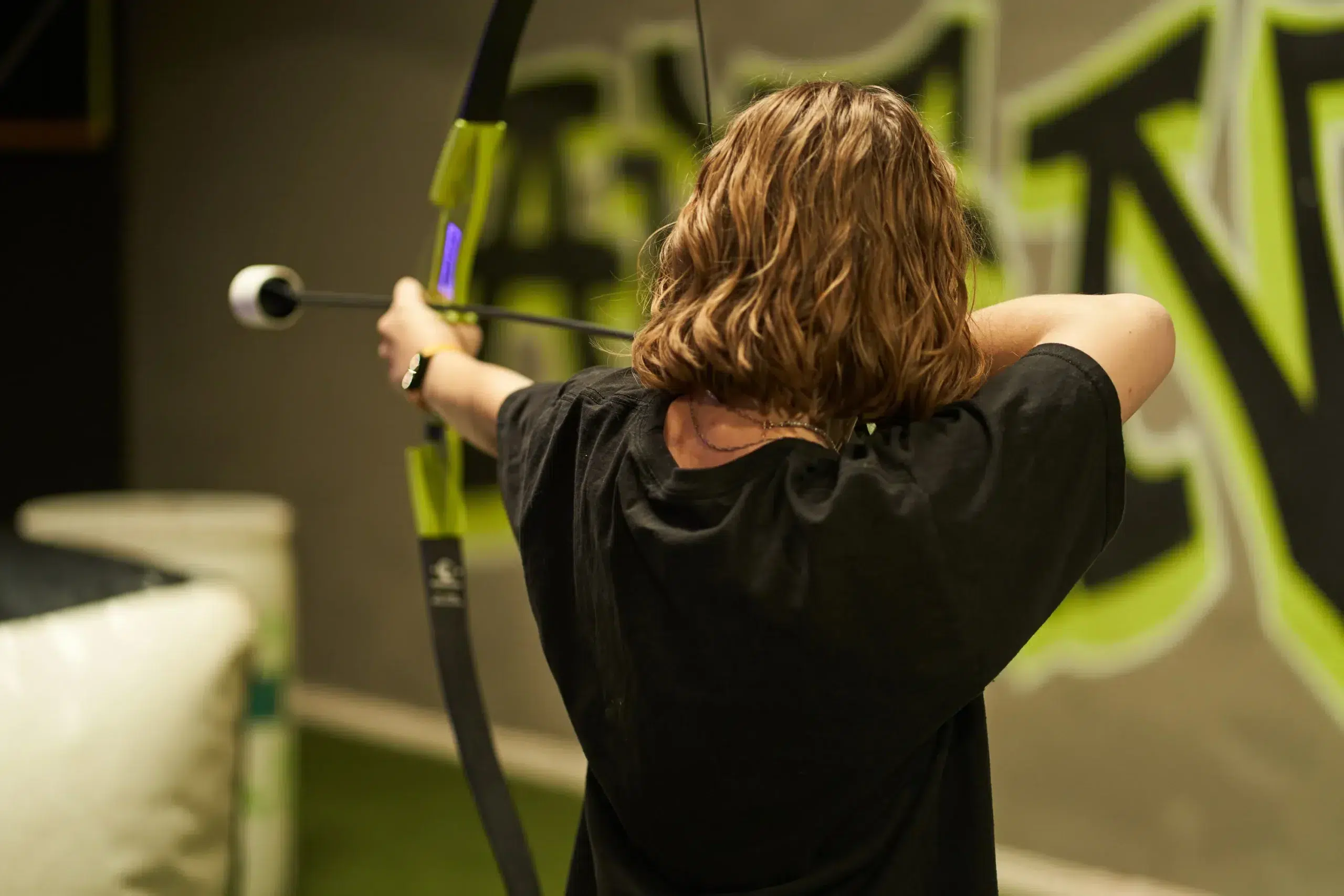
Customizing Arrow Tag rules starts with understanding your participants and considering flexible game mechanics. Game organizers must set flexible hit criteria that cater to various play styles, ensuring that both beginners and experienced players enjoy balanced challenges. In traditional Arrow Tag, scoring often relies on a simple hit-or-miss system. However, tailored rules allow for different hit intensities, where a direct hit might score higher than a glancing blow. Adjustments include establishing zones on the players’ gear where hits are counted differently, thereby promoting skill and strategy over mere chance.
Set Flexible Hit Criteria to Suit Different Play Styles
Introducing flexible hit criteria allows games to cater to all skill levels. Varying the points assigned to hit zones makes gameplay more strategic—players aim not just to tag, but to target high-value areas. A gentle tag to the arm might be worth fewer points than a precise shot to a marked vest zone. This scoring method motivates all players to think tactically, stay mobile, and refine their aim. It also opens the door to customized roles or bonus rounds, ensuring every match remains fresh and engaging. Instead of rewarding just the fastest player, the system acknowledges precision, timing, and creativity—key components of immersive Arrow Tag sessions.
Mix and Match Scoring Systems for Varied Gameplay
Switching up scoring systems keeps games unpredictable and energetic. For example, a standard hit might score one point, but additional points could be earned through team assists or holding strategic zones. Some rounds might reward defensive play, while others focus on offensive momentum. Changing the scoring criteria in real time allows organizers to fine-tune competitiveness and inject surprise twists. Bonus conditions like “double points in the final minute” raise the stakes and encourage players to give their all. With this approach, each round becomes a new opportunity to strategize and adapt, enhancing excitement and encouraging return play.
Establish Adjustable Game Duration and Round Formats
Not every group wants the same pace or length of gameplay. Short bursts of competitive play may appeal to families and first-timers, while longer rounds favor strategy-driven sessions for team events. Creating modular round formats—like quick skirmishes, extended tournaments, or surprise bonus rounds—gives organizers the flexibility to adjust on the fly. The option to stack rounds or offer time-based challenges based on crowd energy and physical endurance helps maintain high engagement. By balancing intensity with play duration, the game remains inclusive and safe for all participants, regardless of age or fitness level.
Adjusting Game Dynamics With Custom Arrow Tag Rules
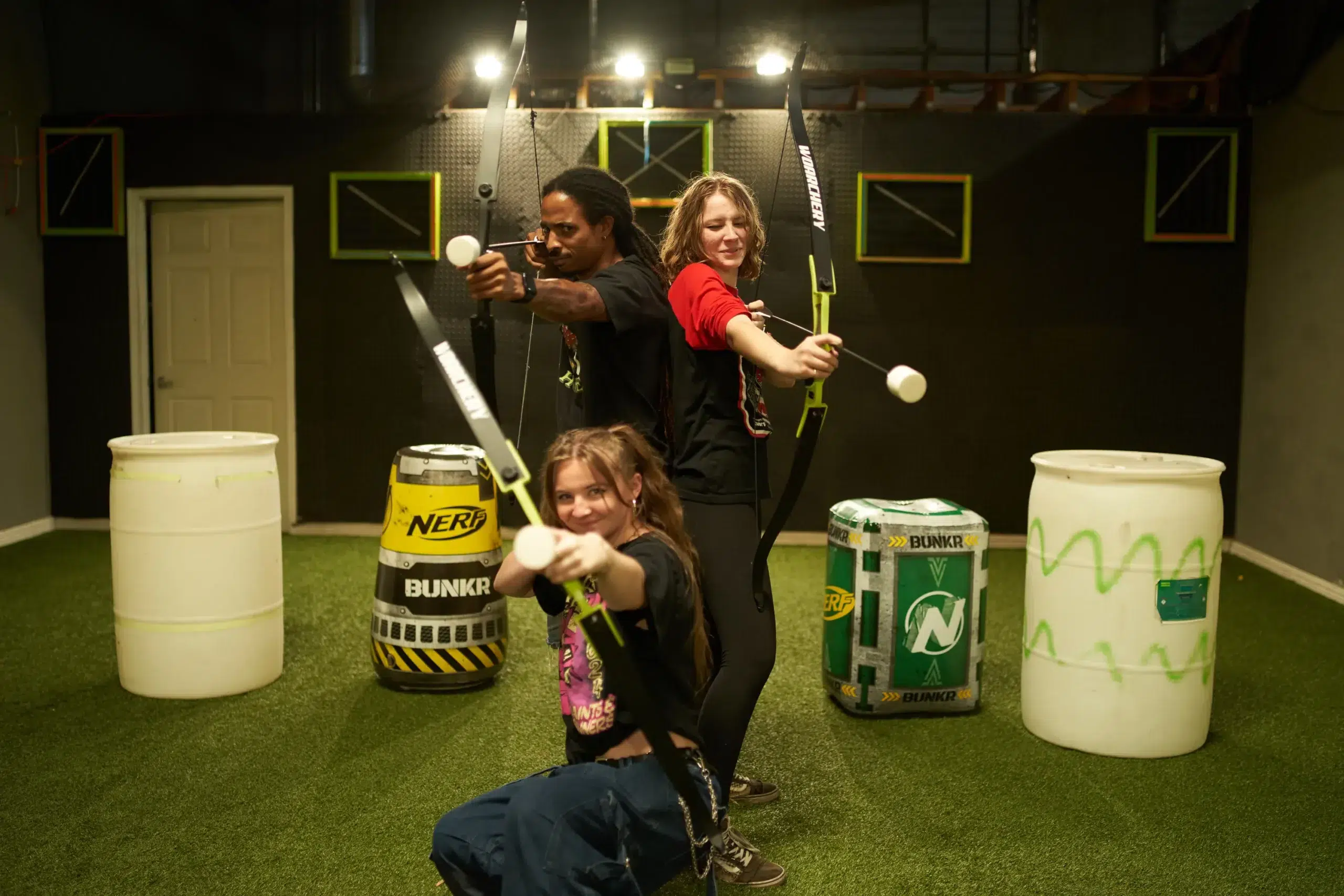
Adjusting game dynamics with custom Arrow Tag rules involves modifying the composition of teams, setting adaptive movement zones, and incorporating bonus elements that heighten competitive spirit. These modifications allow game administrators to design challenges that vary from session to session, keeping the experience fresh and engaging.
Create Unique Team Compositions Based on Rule Variations
Instead of dividing teams randomly, unique methods like random draws, themed matchups, or skill tiers create balanced, unpredictable team combinations. Pairing experienced players with newcomers encourages mentoring, improves game flow, and cultivates camaraderie. Assigning tactical roles—like defenders, snipers, or decoys—based on rule variation adds strategic layers. These compositions are easy to adapt for specific event goals, such as teamwork or leadership building. With roles that require different scoring targets or movement patterns, teams naturally develop communication strategies and become more invested in the match outcome.
Implement Adaptive Movement Zones for Strategic Play
Movement zones—designated areas that affect gameplay differently—turn a standard match into a multi-dimensional challenge. Some zones may reward players with bonus points, while others restrict movement to promote stealth or caution. For example, a center zone might offer a high score multiplier but expose players to more risk. Integrating these zones demands map awareness and coordination, as teams must plan attacks and defenses based on geography. It also encourages dynamic shifts in positioning, keeps players moving, and adds visual flair to the game space—all of which enhance energy and immersion.
Configure Bonus Elements to Heighten Competitive Spirit
Bonus elements—such as time-limited power-ups, hidden objectives, or temporary invincibility—add a game-show level of excitement. These rule tweaks give players new ways to win, beyond standard tagging. A team might earn bonus points for a coordinated capture, for protecting a specific player, or for holding a high-risk zone. These bonuses can be triggered at fixed intervals or introduced spontaneously to disrupt predictability. When designed thoughtfully, bonus elements not only enhance competition but also drive more memorable moments, encouraging repeat visitors and building a community around the game.
Redefining Safety Protocols in Custom Arrow Tag Matches
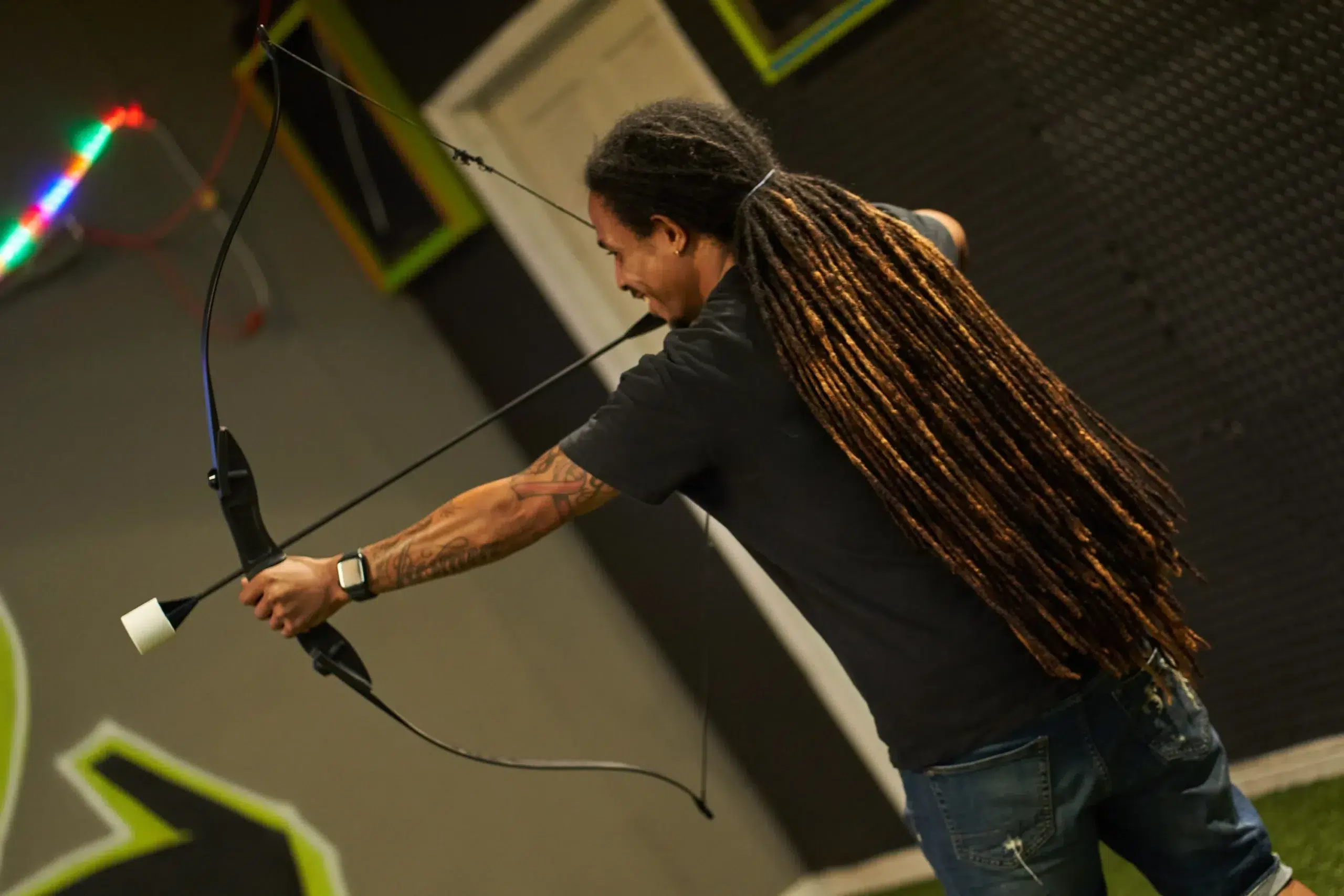
While custom rules are essential for enhancing fun and engagement, safety remains paramount in any physical game such as Arrow Tag. Redefining safety protocols to match new gameplay guidelines ensures that modifications do not introduce unwanted risks while still providing maximum enjoyment. This section discusses how to implement revised protective measures and dynamic safety signals, as well as strategies for customizing field boundaries to suit the modified gameplay plans.
Set Revised Protective Measures That Match New Rules
More aggressive play or bonus round activity demands upgraded gear. Adding padding in high-impact zones, updating helmet designs for wider visibility, or switching to sensor-enhanced vests are ways to elevate safety. These revisions are especially important when new rules increase movement speed or targeting frequency. Establishing mandatory checks for gear before play and mid-session reviews helps catch wear and tear early. Operators can also assign trained marshals to monitor gear compliance and ensure that high-energy rounds don’t come at the cost of well-being. Every new rule should come with an updated safety measure to keep the experience thrilling but controlled.
Introduce Dynamic Safety Signals for Real-Time Adjustments
Real-time alerts—such as lights, sounds, or color-coded signs—keep players informed without interrupting gameplay. When a safety condition is triggered (like a cluster of impacts in one zone), the game can flash a light or play an audio cue to alert everyone of the rule change or cooldown. These nonverbal signals help players respond quickly without confusion. For example, yellow lights might mean slower movement is required, while red lights could indicate a temporary pause. These dynamic indicators make it easier to enforce evolving rules while supporting safety and maintaining game flow.
Customize Field Boundaries to Align With Modified Game Plans
With new rules come new spatial requirements. When bonus zones, adaptive movement areas, or extended team bases are added, the field must reflect those changes. Using color-coded floor tape, pop-up barriers, and signage ensures every player understands where each zone begins and ends. Adding designated rest zones or observation spots lets players reset or strategize without crowding the playfield. Rotating field layouts also helps keep regular players challenged. These customizations ensure that safety isn’t compromised as the rules evolve and gameplay becomes more layered and intense.
Testing and Refining Custom Arrow Tag Rules for Ultimate Fun
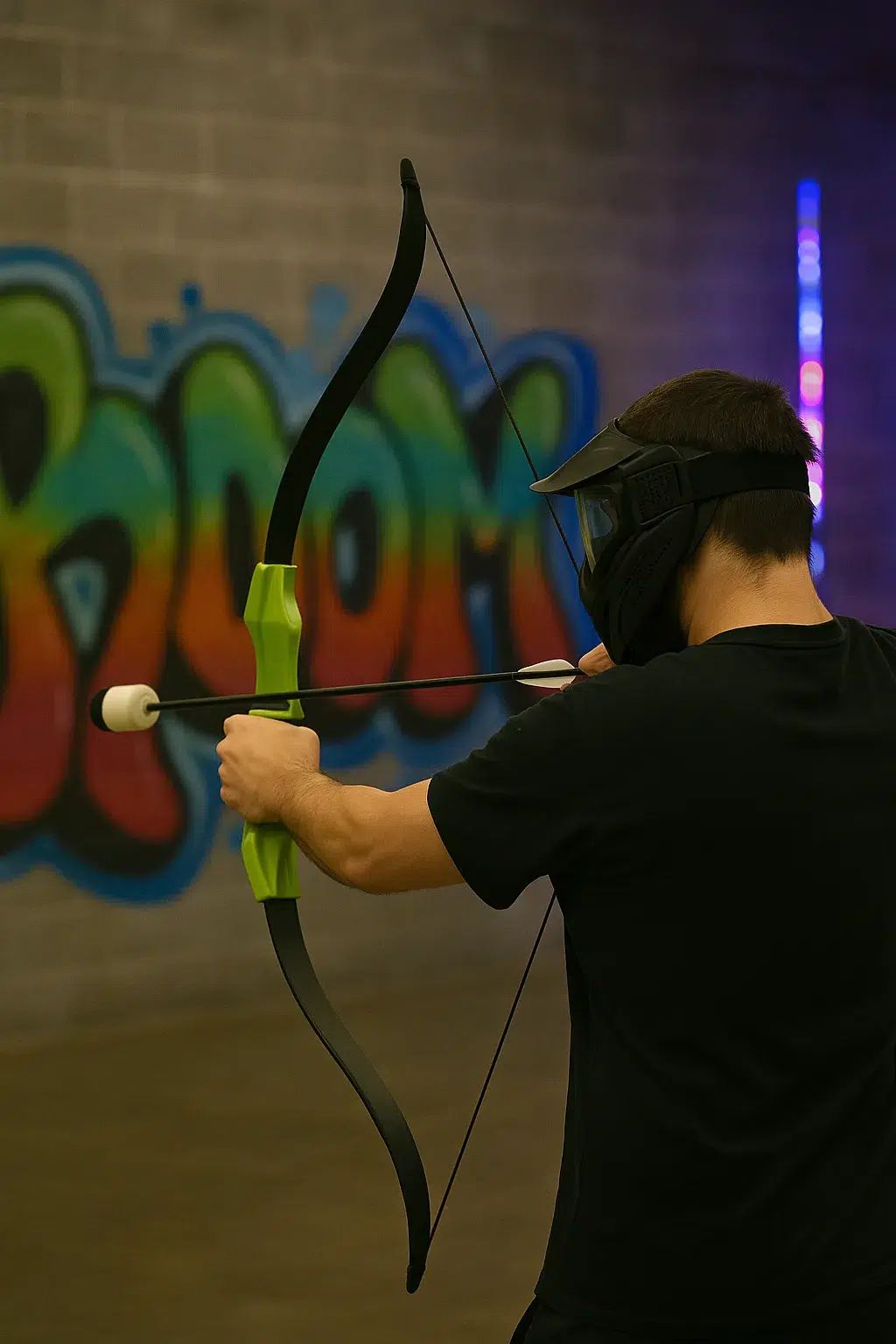
Once custom rules and personalized equipment settings have been developed, testing these changes is essential for gauging overall performance and enjoyment. Regular trial sessions and feedback collection enable operators to fine-tune rules, ensuring that gameplay remains both competitive and safe.
Organize Trial Sessions to Measure Rule Performance
Trial sessions act as live test environments for custom formats. By inviting mixed skill-level groups to participate, you can observe how different player types respond to your rules. Track elements like scoring accuracy, how often bonus features are used, or how players respond to new boundaries. These observations help identify which rules excite players and which might need tweaks. Video analysis and post-game discussions are helpful for refining strategies and understanding real-time reactions. This process makes sure every tweak you introduce serves a purpose—whether it’s increasing excitement, balancing difficulty, or enhancing fairness.
Collect Participant Input to Fine-Tune Rule Adjustments
Players offer the best insight into what works and what feels off. After trial rounds, use quick surveys or casual group discussions to gather thoughts. Focus questions on scoring clarity, pacing, enjoyment, and how easy it was to follow new mechanics. Encouraging players to share their own suggestions fosters buy-in and brings unexpected creativity to your game development process. Over time, this feedback loop helps shape a rulebook that balances challenge, engagement, and accessibility—and makes players feel like co-creators in the experience.
Track Game Outcomes to Gauge Rule Effectiveness and Enjoyment
Quantitative tracking—such as point spreads, penalty counts, and win ratios—offers measurable insights into rule effectiveness. Are bonus zones being overused? Are some roles overpowered? Is one team dominating too often? Recording this data across multiple sessions uncovers patterns you can act on. For instance, if a team always wins when using a specific tactic, it may be time to re-balance the rule set. Game outcome tracking doesn’t just improve fairness; it ensures that your Arrow Tag matches evolve with your audience and continue to deliver exciting, memorable experiences.
Frequently Asked Questions
What are custom Arrow Tag rules?
Custom Arrow Tag rules are gameplay modifications designed to match the skill level, goals, or preferences of your group. These might include scoring tweaks, new movement zones, special team roles, or bonus elements to add variety and intensity.
Can I adjust Arrow Tag rules for younger players?
Yes! You can simplify the rules, shorten the rounds, and reduce impact levels using lightweight gear. Introducing fun objectives instead of strict competition also makes gameplay more enjoyable for kids and families.
Do custom Arrow Tag rules require different gear?
Sometimes. While standard equipment works for basic rule changes, more complex formats may benefit from upgraded padding, sensor gear, or color-coded zones for clarity and safety.
How do I make sure custom rules are safe?
Always pair new rules with safety adjustments—like updated protective gear, clear boundaries, and real-time alerts. Trial sessions can help identify any hazards and ensure everyone stays safe while having fun.
Can I mix multiple rule variations in one game?
Absolutely. Mixed-format sessions with changing rounds (like team play, free-for-all, and bonus challenges) create exciting, unpredictable matches that test different skills and keep all players engaged.
Conclusion
Arrow Tag is already a blast, but custom rules crank the excitement up a notch. Whether you’re experimenting with new scoring systems, designing creative team roles, or adding real-time safety signals, tailoring your match turns a standard game into an immersive, unforgettable experience. The beauty of custom Arrow Tag is that it grows with your players.
Each tweak and test helps you discover what brings the most energy, laughter, and teamwork to the arena. And with flexible formats, you’re never locked into one way to play—there’s always room for innovation. So gather your group, set your rules, and watch how fast custom Arrow Tag becomes everyone’s favorite way to play. Let the arrows fly—and may the most creative team win.

